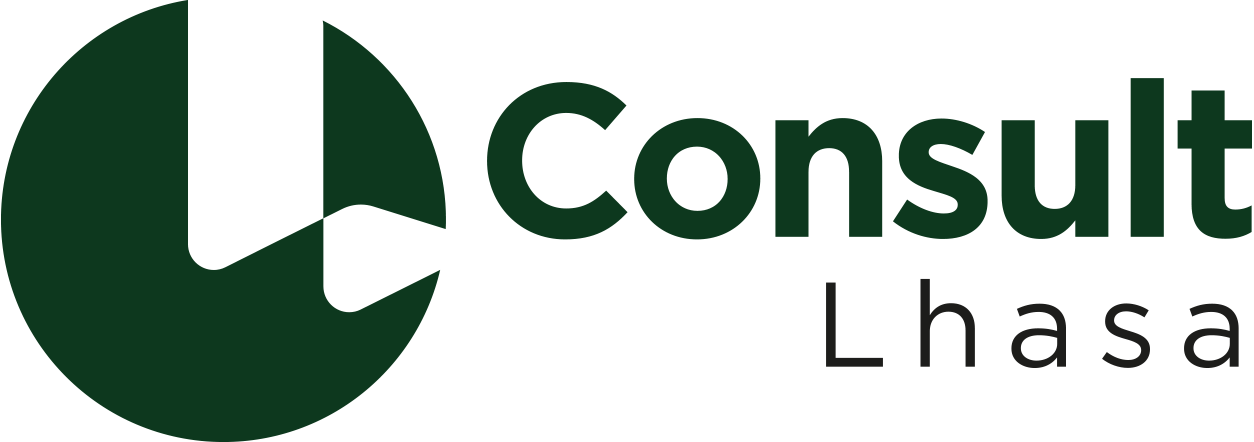In today’s pharmaceutical development landscape, establishing a robust and compliant control strategy for impurities is paramount. It is among the most critical challenges within any chemistry, manufacturing, and controls (CMC) strategy. Regulatory guidelines, particularly ICH M7, require a thorough, risk-based assessment of potentially mutagenic impurities. Decisions made during the CMC process can have significant, long-lasting effects on a program’s cost, timeline, and overall success.
The challenge lies in the immense cost of being overly conservative. Traditional control strategies (ICH M7 options 1, 2, and 3) often rely on routine analytical testing. This approach extends beyond a one-time assessment; it potentially requires testing every batch of the active pharmaceutical ingredient (API) produced. The need for such continuous testing is not only time-consuming and expensive for the API manufacturer, but it often extends downstream. A company purchasing that API for drug product formulation may also need to conduct testing, making the API inherently less attractive in a competitive market.
Fortunately, the regulatory and scientific landscapes have evolved. A robust, science-led argument often serves as an alternative to routine analytical testing. An approach grounded in a deep understanding of the manufacturing process, specifically its ability to purge or remove an impurity, is the key. Leading industry publications indicate that for mutagenic impurities (classes 1-3), approximately 75% are now controlled using knowledge-based strategies (options 3 and 4).
Here, we share five essential tips from our consulting team’s experience to help you control costs while ensuring compliance in your control strategy.
Tip 1 – Don’t be afraid to leverage purge arguments
Many organisations default to costly routine testing out of concern that a knowledge-based argument may not be accepted. However, the evidence is clear: regulators accept well-reasoned purge arguments. The 75% adoption rate for knowledge-based controls is a testament to this. A purge argument is a powerful tool that uses process understanding to demonstrate that an impurity will be reduced to a level that presents a negligible risk.
As scientific confidence and data availability regarding factors such as solubility and volatility continue to grow, this approach will become increasingly central to efficient drug development.
Tip 2 – Think about purge proactively
A common pitfall is finalising a synthetic route without fully considering impurity fate, forcing a programme into a lifelong, expensive testing strategy. The most cost-effective time to manage an impurity is before a process is locked in. As soon as your synthetic route is defined, you can begin to anticipate potential impurities and assess the process’s capability to purge them.
By building a proactive purge assessment into early development, you can design an inherently efficient process, potentially avoiding the need for costly, long-term analytical testing protocols altogether. This proactive stance is a direct investment in future cost savings, as highlighted in a Lhasa cost-savings analysis.
Tip 3 – Follow industry best practice
A purge argument is only as strong as the evidence supporting it. When submissions face challenges, it often stems not from the approach being invalid but from the justification provided being incomplete.
Regulatory approval is granted based on the strength and credibility of a submission’s scientific evidence. To meet this standard, your scientific arguments must be robust, evidence-based, and conservative. When developing a purge argument, it is critical to follow established best practices for applying purge factors and providing the necessary supporting evidence.
A defensible argument transparently documents all the data and assumptions, demonstrating a thorough and scientifically sound assessment. When regulators see this commitment to best practice, they are far more likely to accept the resulting conclusions.
Tip 4 – Use trusted, standardised software to support your assessment
Over long project timelines, maintaining consistency and supporting documentation is a significant challenge. Using trusted software like Mirabilis helps implement best practices consistently across all assessments. It provides a framework for standardising the application of purge calculations, justifying purge scores with a built-in knowledge base, and securely storing all the information, all of which combine to create a clear, defensible audit trail should regulators have questions later.
A software tool, however advanced, requires expert oversight. Outputs must be carefully evaluated by a scientist who can interpret the data within the context of the manufacturing processes to draw sound conclusions.
Tip 5 – Build a complete scientific narrative
A purge argument that relies solely on a single calculation feels theoretical and can be easily challenged by regulators. It must be a narrative built from all available process knowledge, which could include data on solubility, volatility and reactivity. By integrating every relevant data point into your evaluation, you create a comprehensive case that is far stronger and more persuasive than any single calculation.
A proactive and thorough purge assessment does more than save money on testing; it serves as insurance against future delays. If you later receive a regulatory deficiency letter, a well-documented assessment allows you to address questions swiftly and confidently, often without resorting to additional time-consuming lab work.
As our final piece of advice:
Try to consider purge for all your impurities – both mutagenic, including nitrosamines, and non-mutagenic impurities – it will save you time and money in the long run.
Dr Roberta Drekener, Lead Scientific Consultant
Build your strategy with confidence
Navigating the complexities of impurity control strategy requires a unique blend of expertise in chemical processes, regulatory affairs, and toxicology.
At Consult Lhasa, our team of established industry scientists brings years of experience to every assessment. We work from a set of standardised, best-practice protocols to ensure every argument we build is robust, conservative, and scientifically sound.
Contact Consult Lhasa
For expert, scientifically robust, and defensible nitrosamine safety risk assessments.



